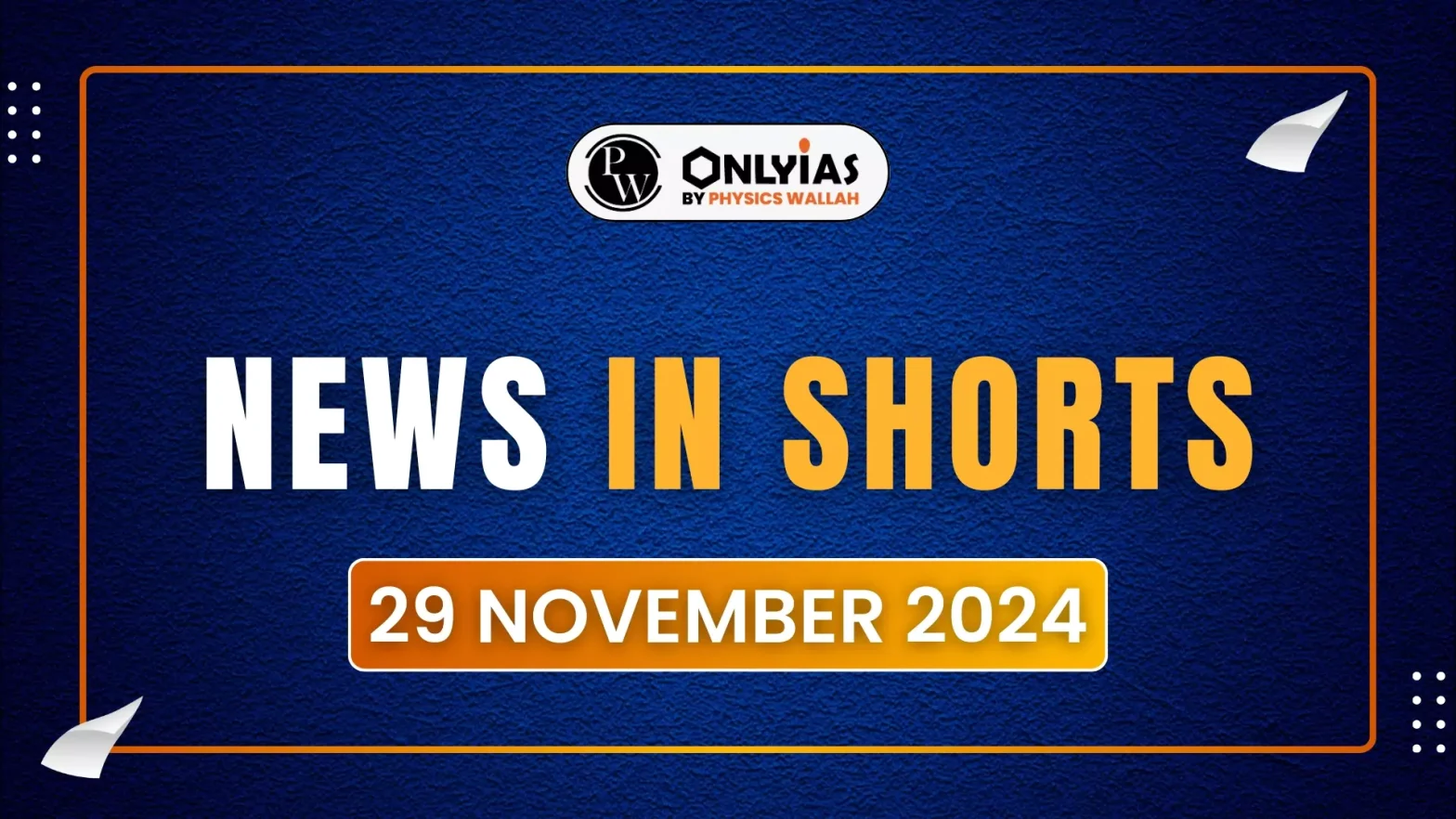India gets re-elected to UN Peacebuilding Commission for 2025-2026
Context: India has been re-elected to the UN Peacebuilding Commission (PBC) for the 2025-2026 term, reaffirming its commitment to global peace efforts.
Significance of India’s Re-election
- Reinforces India’s longstanding commitment to peacebuilding efforts.
- Strengthens India’s role in shaping global strategies for conflict resolution and peace sustainability.
Enroll now for UPSC Online Course
About the Peacebuilding Commission (PBC)
- The PBC is an intergovernmental advisory body focused on supporting peace efforts in conflict-affected regions.
- It provides advice to the UN General Assembly and Security Council on peacebuilding and sustaining peace.
- Members: 31 (elected from the general assembly, the security council, and the economic and social council.
- Strategic Approach
- Serves as a link between key UN organs and agencies to align peacebuilding needs and priorities.
- Key Functions of the PBC
- Country-Specific and Regional Engagements
- Supports nationally-led peacebuilding initiatives, especially in conflict-affected areas.
- Collaboration with UN Entities
- Ensures coordination among humanitarian, development, and peace actors among country teams.
PM e-Drive
Context: The Union government has advanced the second phase of incentives for the buyers of cargo electric three-wheelers under the PM Electric Drive Revolution in Innovative Vehicle Enhancement (PM E-DRIVE) scheme.
Key Highlights of the Notification
- Advancement of Phase II Subsidies:
- The second phase of subsidies for electric cargo three-wheelers has been advanced.
- Initially scheduled for April 1, 2025, Phase II was launched early due to the rapid achievement of FY25 targets.
- Revised Subsidy Structure for Phase II:
- Subsidies capped at ₹25,000 per vehicle for FY25, down from ₹50,000 per vehicle.
PM E-Drive Scheme
- The PM Electric Drive Revolution in Innovative Vehicle Enhancement (PM E-DRIVE) scheme was launched on October 1, 2024.
- The scheme aims to promote the adoption of electric vehicles (EVs) across India.
- It has been approved with a budget outlay of ₹10,900 crore over a period of two years.
- It builds upon the achievements of FAME in promoting domestic EV manufacturing and consumer adoption while addressing gaps in EV infrastructure.
Check Out UPSC CSE Books From PW Store
Key Features of the scheme
- Subsidies for EV Buyers:
- A total of ₹3,679 crore has been allocated for subsidies and demand incentives under the scheme.
- The introduction of E-Vouchers simplifies the electric vehicle purchase process.
- Subsidies are provided upfront to reduce the initial cost for buyers.
- The scheme covers: Electric two-wheelers (e-2Ws), Electric three-wheelers (e-3Ws), Electric ambulances, Electric trucks and Other emerging electric vehicles.
- Incentives for Specific Vehicles:
- Electric Trucks: Additional incentives are provided for purchases made after scrapping old trucks, with eligibility verified through authorised MoRTH Vehicle Scrapping Centres (RVSFs).
- Support for Charging Infrastructure:
- Convenience Energy Services Limited (CESL) is tasked with setting up essential charging infrastructure.
- Charging stations will be established in nine major cities:
- Delhi, Mumbai, Kolkata, Chennai, Ahmedabad, Surat, Bengaluru, Pune, and Hyderabad.
- The scheme also focuses on supporting intercity and interstate electric bus charging in consultation with state governments.
- Vehicle Testing and Infrastructure Development:
- A dedicated fund of ₹780 crore has been allocated for the development and enhancement of vehicle testing infrastructure.
- Focus on ensuring high safety and performance standards for electric vehicles.
![]() 29 Nov 2024
29 Nov 2024

